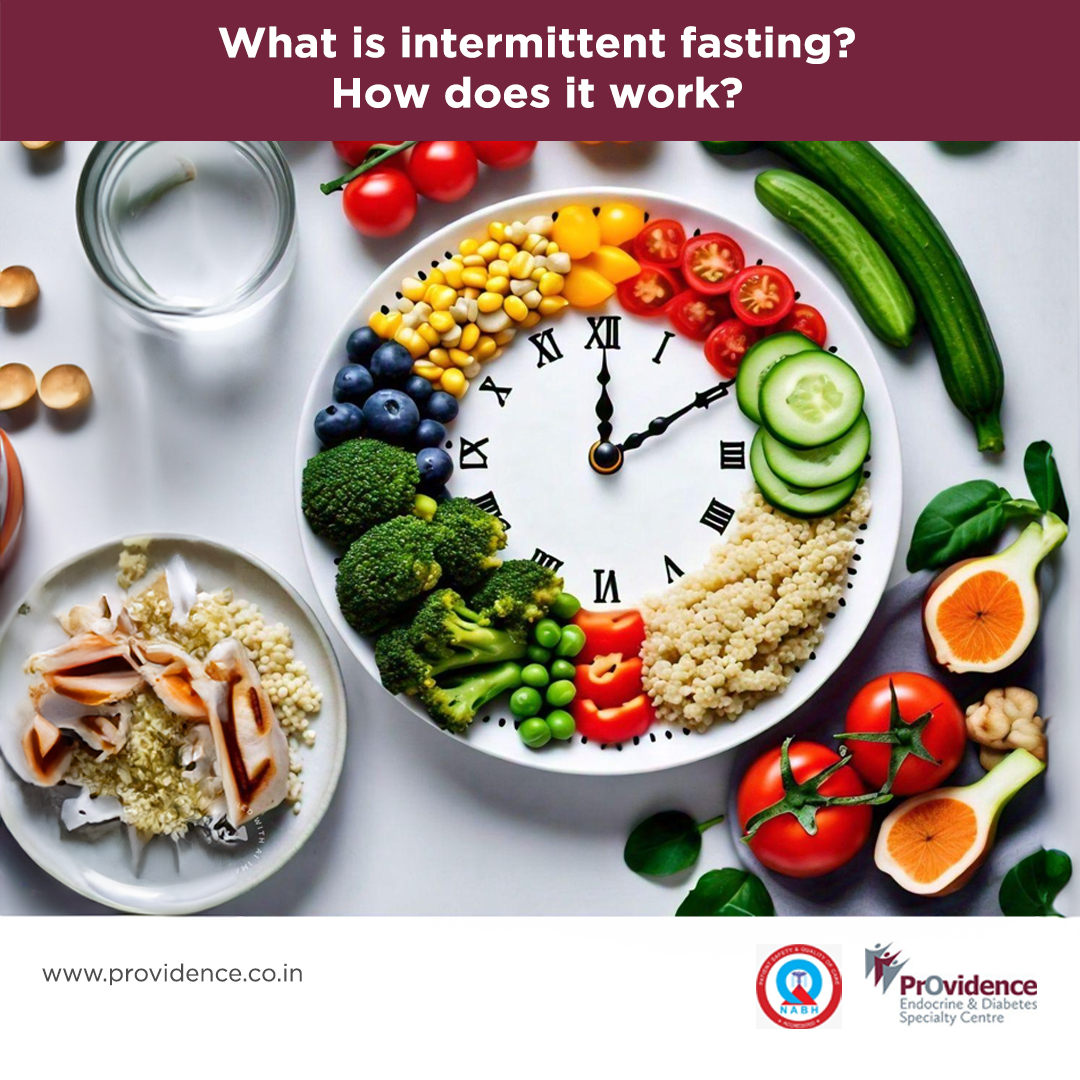Intermittent fasting (IF) has taken the world by storm as a highly effective dietary approach for weight loss. Celebrities and individuals alike are embracing this ancient practice, which involves alternating periods of eating and fasting to promote overall health and well-being. But how does it work?
The Science Behind Intermittent Fasting
IF is based on the simple concept of restricting your eating window, allowing your body to enter a fasting state for an extended period. When you fast, your liver glycogen stores are depleted, and your body switches to burning fat for energy, a process known as metabolic switching. This leads to fat loss while preserving muscle mass.
The Benefits of Intermittent Fasting
IF has a profound impact on metabolic regulation, influencing circadian clocks, gut microbiota, and lifestyle behaviors. By restricting food consumption to daytime hours, IF leverages circadian biology to improve metabolic health. The benefits are numerous:
- Improved insulin sensitivity
- Reduced cholesterol and blood sugar levels
- Enhanced physical performance
- Improved thinking and memory ability
Combining Intermittent Fasting with Exercise
Studies have shown that combining IF with moderate aerobic exercise increases fat oxidation and leads to significant fat loss. This makes IF an efficient dietary plan for weight loss, with noticeable results in as little as a month to three months.
By understanding the science behind IF and incorporating it into your lifestyle, you can unlock a host of benefits and achieve your weight loss goals. Consult with a healthcare professional to know how you can get the benefit of IF.
Ms. Sreekutty S, MSc



